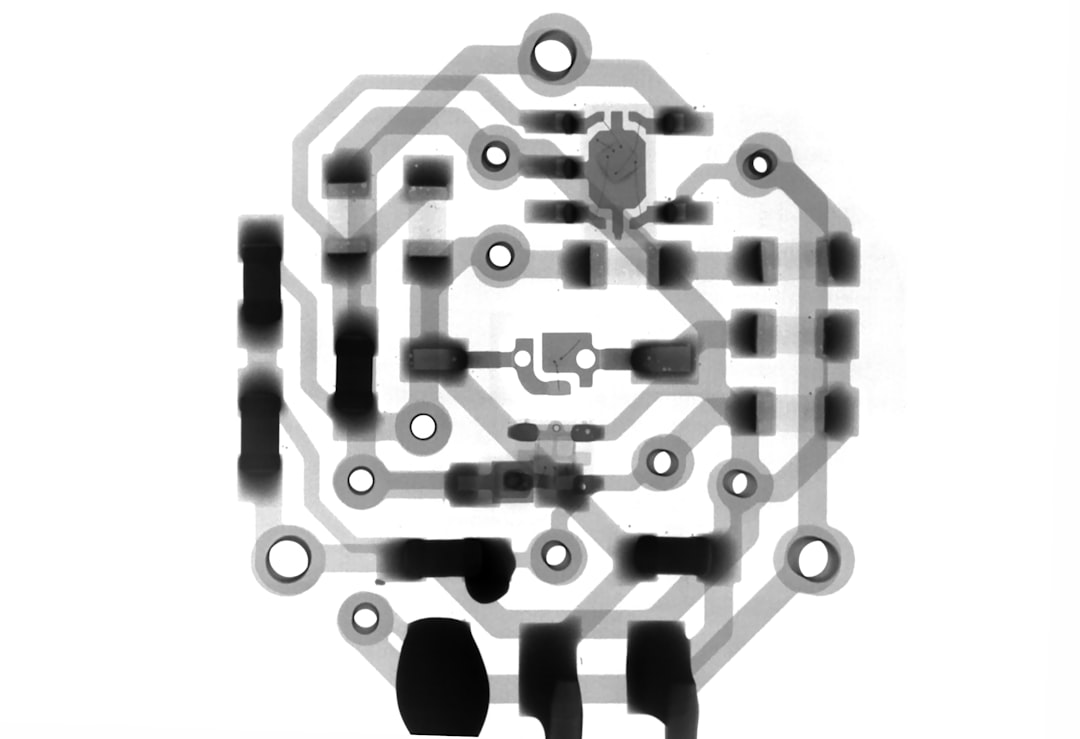What is it about?
This article talks about dyes that are mainly used in the manufacture of spectacles that darken in sunlight. It covers how the dyes are designed, made and incorporated into products which change colour when exposed to daylight. It also gives a little history behind the dyes and where they might be used in future.
Featured Image

Photo by Jessica Lewis on Unsplash
Why is it important?
Photochromic dyes form the basis for a multi-million dollar industry spread throughout the globe. They are essential in making lenses for spectacles that automatically darken when the wearer is in strong daylight, helping them see more comfortably. A lot of expertise goes into the chemistry of producing the dyes as well as in applying them in the right way. Scientists around the world have also been working on trying to develop new ways of using them which could revolutionise computing and consumer electronics.
Perspectives
Colorants that are light responsive have come a long way over the last fifty years or so, and are likely to be used in photochromic lenses for a while longer. This article introduces the aspects behind the design, production and use of light-responsive dyes which will thus remain important for now. Time will tell if they will be replaced with alternative technologies, such as user-controlled electrochromic lenses. Photochromic dyes might find use in IT and computing technologies, but as the article discusses, these outlets are a long-shot.
Dr Andrew D Towns
Read the Original
This page is a summary of: Industrial organic photochromic dyes, Coloration Technology, November 2009, Wiley,
DOI: 10.1111/j.1478-4408.2009.00204.x.
You can read the full text:
Contributors
The following have contributed to this page










